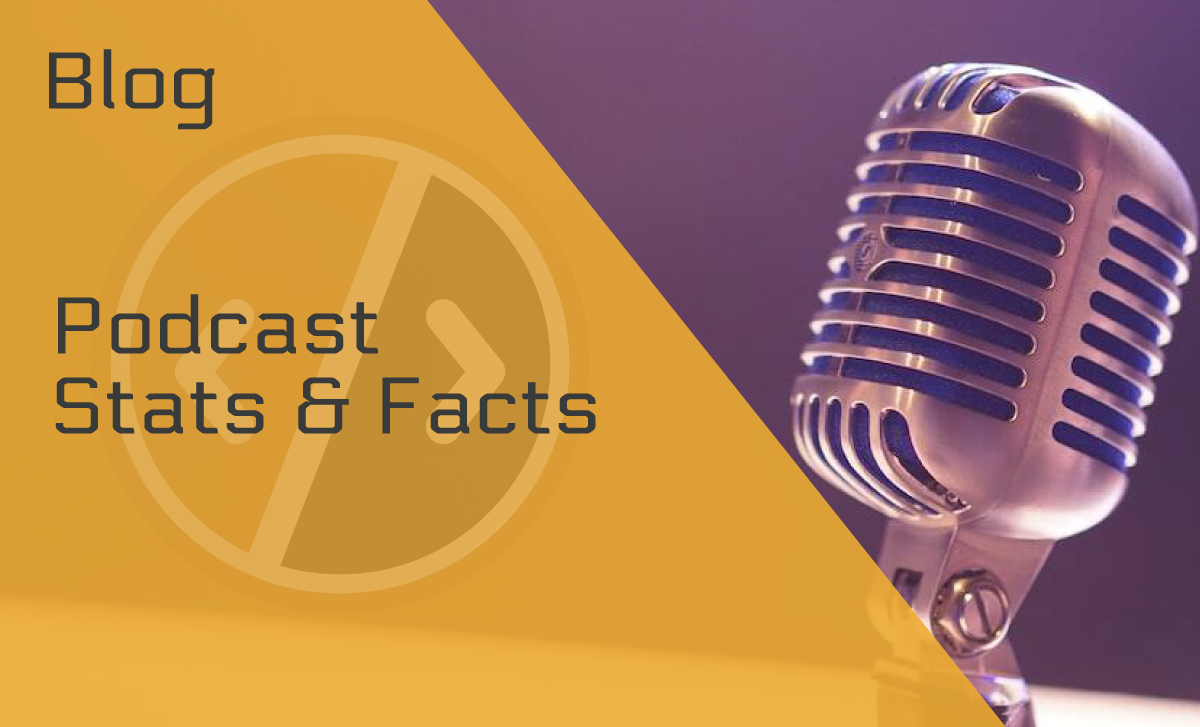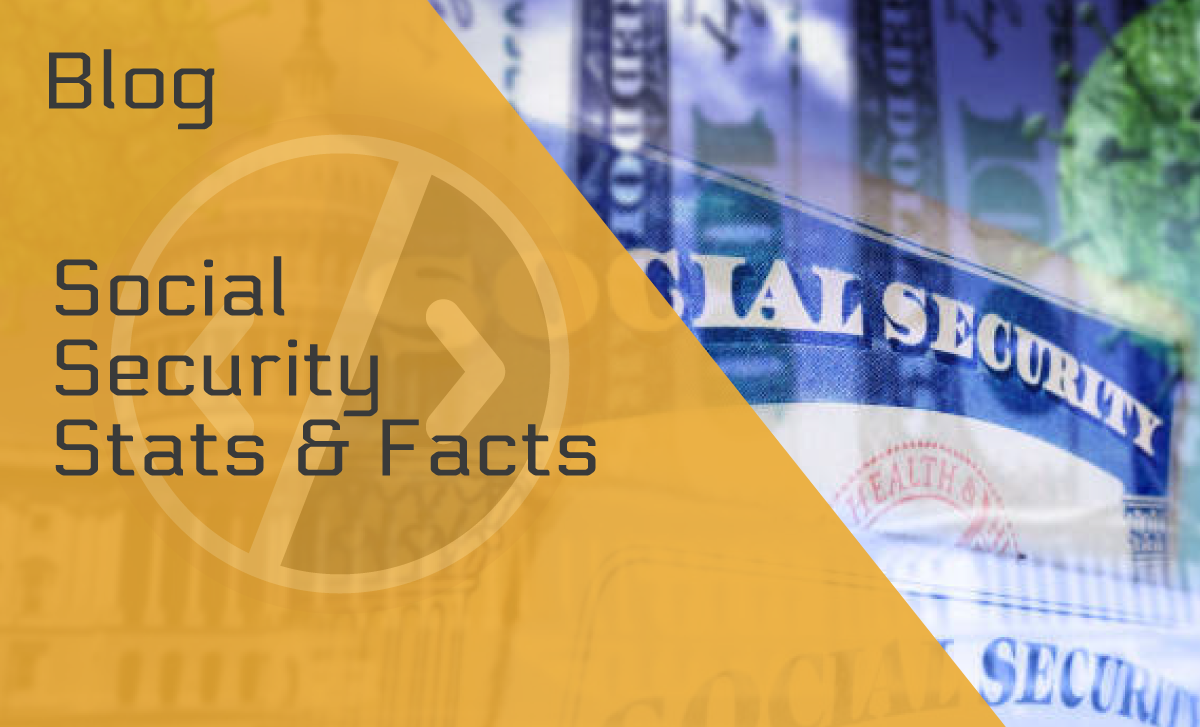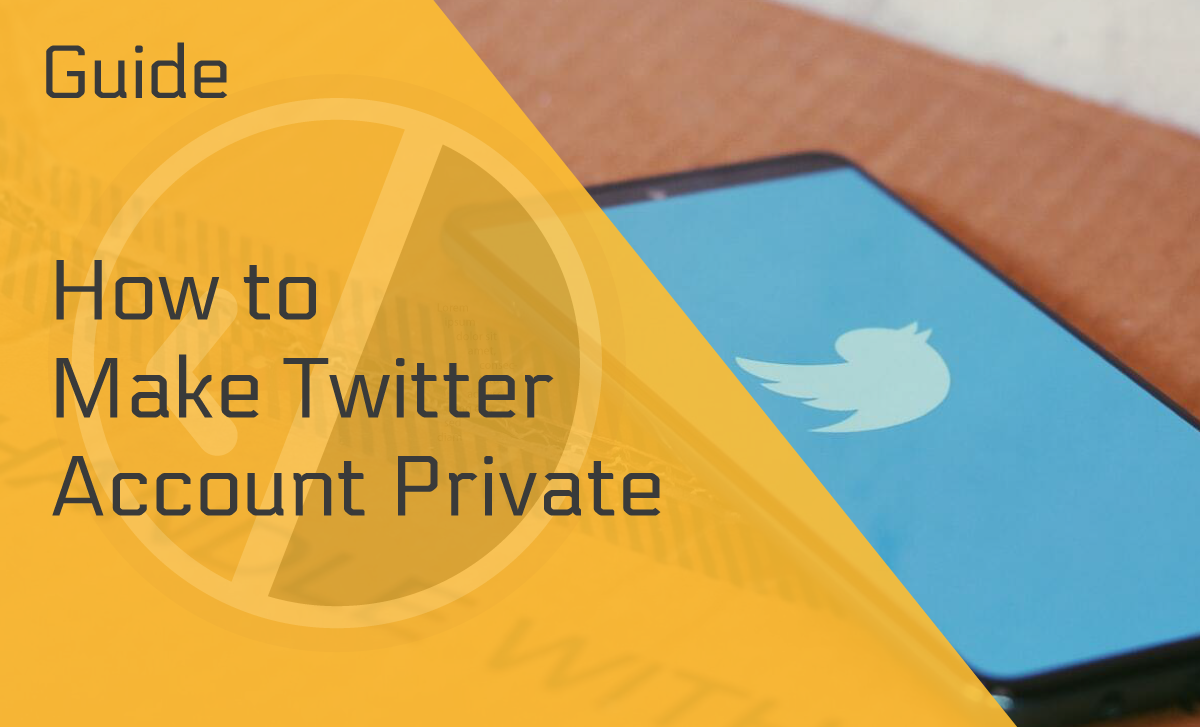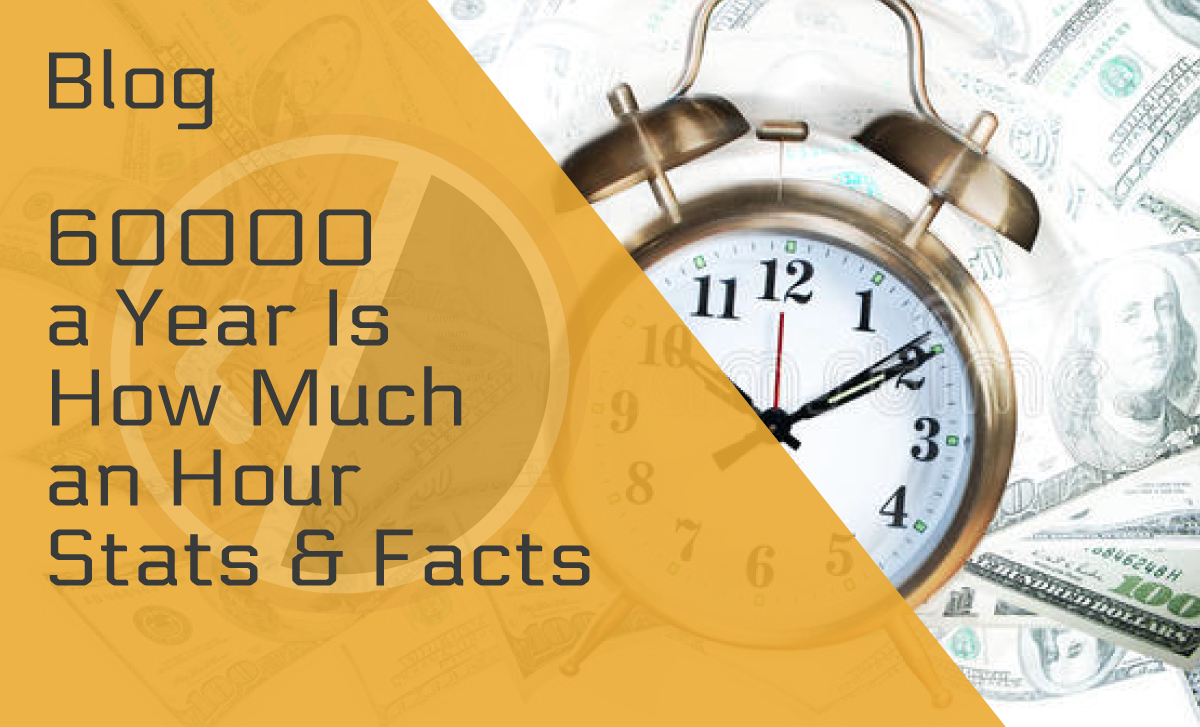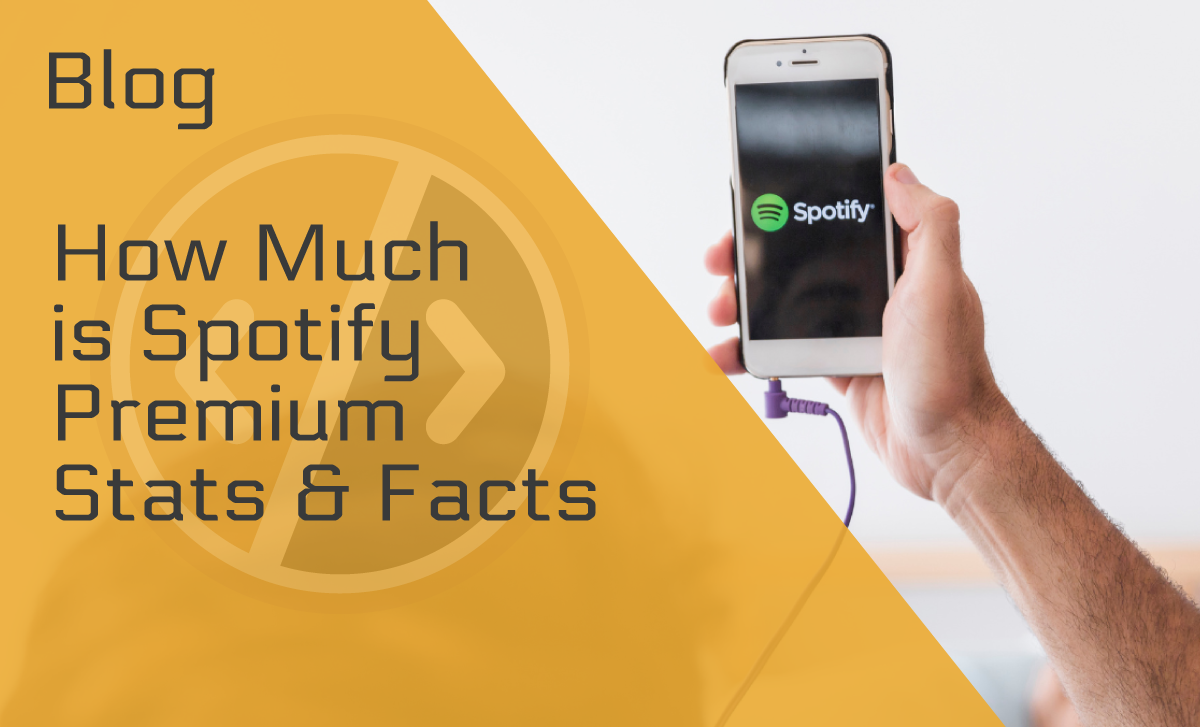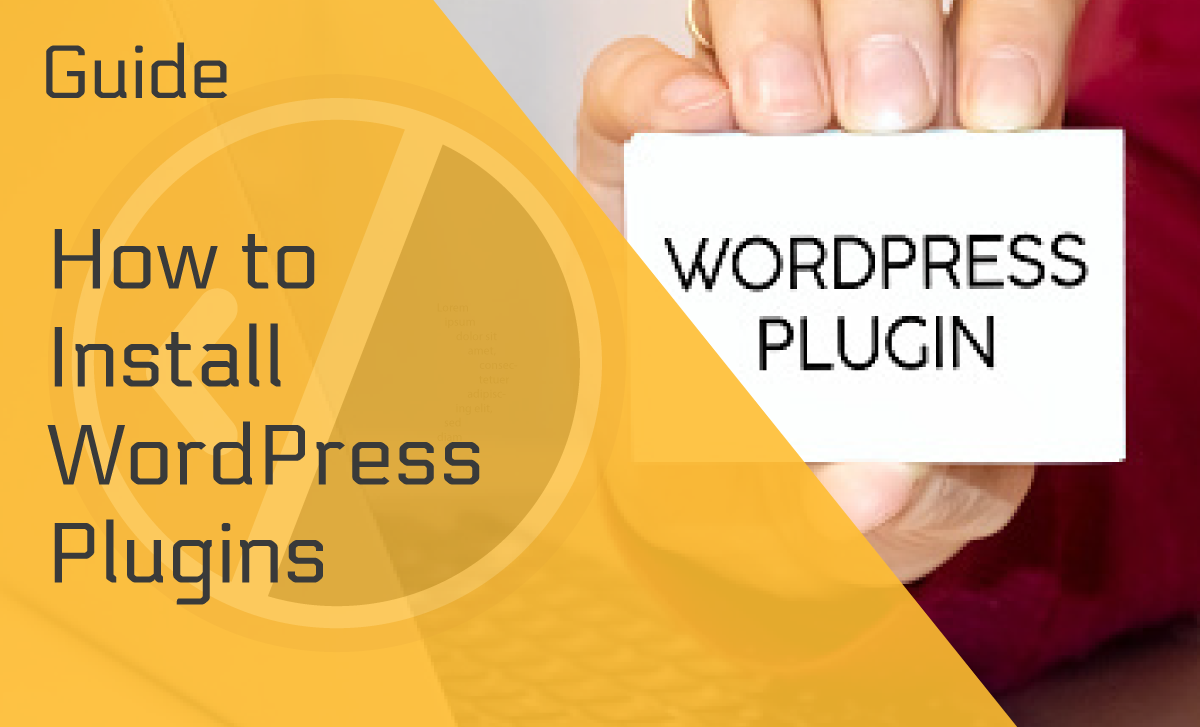35 PPC Stats for Boosting Your Digital Marketing in 2024
Published: December 29, 2021
With billions of dollars thrown into it every year, pay-per-click (PPC) advertising has become the bread and butter of digital marketing. To help you better understand its role and potential in the modern world of sales, we’ve compiled an extensive list of PPC stats.
PPC has become the staple of digital advertising, and for a good reason: it’s one of the best ways to reach new customers and increase sales.
Before we dive into the list, we want to be clear that PPC isn’t only for the big companies that can afford to invest millions of dollars into it. The benefits for small and medium businesses can be great without obscene investments, as you’ll see below.
The Top 10 PPC Stats for 2024 and Beyond
- The US retail industry spent nearly $356 billion on digital PPC advertising in 2020.
- An average small or medium business spends $90,000–$120,000 a year on their PPC ads.
- An average business doubles its Google Ads investment.
- As much as 83% of marketers utilized social media in 2020.
- PPC visitors are 50% more likely to make a purchase than organic visitors.
- As much as 80.5% of Google’s revenue comes from ads.
- 41% of all clicks go to the first three paid ad positions.
- 49% of internet users say they click on text ads.
- Disney spent $244.79 million on paid advertising in 2020.
- At $54.91 per click, “insurance” is the most expensive keyword.
PPC Statistics
1. The US retail industry spent nearly $356 billion on digital advertising in 2020.
(Source: Statista)
Digital advertising has replaced most of the traditional forms of advertising. In the US, marketers spent $356 billion on digital advertising last year alone. Much of this attribution is the result of the rising internet penetration rate and popularity of digital platforms worldwide.
2. According to the PPC stats, $10.1 billion was invested in PPC ads during 2017.
(Source: Valve+Meter / Investopedia)
Over 7 million advertisers invested more than $10 billion total in pay-per-click ads during 2017. Considering that this sector’s overall global revenue was estimated at $170.5 billion just two years before, the investments are more than justified.
3. The average PPC salary has increased by nearly $3,000 compared to last year.
(Source: PayScale)
Data taken from PayScale shows that the average PPC advertiser’s salary in 2020 was $51,503 per year for those in managerial positions. In 2021, the average salary for the same job is $54,128 per year, which is $1,218 more than what WordPress developers earn annually. The average hourly pay for PPC advertisers in 2020 is $19.96.
4. As much as 83% of marketers utilized social media in 2020.
(Source: Content Marketing Institute)
The majority of marketers have concluded that social ads are one of the best ways to invest in advertising. This is proven by the fact that 83% of marketers utilized social media in 2020, an increase from 60% in 2019.
The pay-per-click statistics further show that the number of marketers using search engine marketing increased from 51% to 65% between 2019–2020.
5. An average small to medium business spends $9,000 on PPC per month.
(Source: Webfx)
Average PPC expenses for small and medium businesses range between $9,000 and $10,000. Every year, an average company invests up to $120,000 total in this form of marketing.
6. The global ad spend fell by 10.2% in 2020.
(Source: Econsultancy)
Undoubtedly, all businesses were affected by the Covid-19 pandemic last year. According to PPC advertising statistics, a decrease of 10.2% year-over-year could have happened in 2020 amid the ongoing fallout from the pandemic.
7. PPC ads increase brand awareness by up to 80%.
(Source: WordStream)
Reaching the first page of Google for a specific organic term is difficult, and it may take months, if not years, to achieve. Paid ads are a much quicker way to reach an audience, and the PPC advertising stats favoring this statement shows these ads increasing brand awareness by 80%.
With this in mind, would it surprise you to know that Netflix, Coca-Cola, and Pepsi spend nearly $8 billion on branding annually?
8. 49% of people say they click on text ads.
(Source: Search Engine Land)
Even though more than half of the users who run into a text ad avoid clicking it, 49% still do. The most attractive ads are related to shopping—PPC statistics point out that 31% of people click on these. Video ads attract 16% of internet users.
9. 75% of users click on ads to find relevant information.
(Source: Clutch)
The majority of internet users clicking on ads say they do so to find the information they’re searching for more easily. A third of them find ads effective at providing the information relevant to their search, pay-per-click advertising statistics show.
10. The likelihood of PPC visitors making a purchase is 50% greater than it is with organic visitors.
(Source: WordLead)
Advertising through pay-per-click leads to more traffic, which leads to more sales. In fact, PPC attracts so many new customers that organic traffic doesn’t even come close. The conversion rates are 50% higher with PPC leads, as we can see from the PPC trends.
However, there is always an exception to the rule. In this case, the exception is Shopify, which, according to Shopify statistics, thrives from organic traffic. The platform’s paid traffic accounts for only 6.05% of all its traffic.
11. 41% of all clicks go to the top three paid advertising positions.
(Source: WordStream)
Splurging to get your ad among the top three Google search results pays off big time. According to AdWords statistics, Data that takes users across the globe into account shows that nearly half of all clicks go to the first three paid results.
12. Paid ads get 65% of clicks for high commercial intent searches.
(Source: Blue Corona)
With high commercial intent searches—i.e., when internet users are specifically looking for a product or service to buy—65% of all clicks go to the paid ads, as per pay-per-click ads statistics. Buyers seem more comfortable with businesses that invest in advertisements than those who solely rely on organic traffic.
13. Around 47% of users worldwide use an ad blocker.
(Source: Digital Content Next)
Ad blockers are one of the greatest enemies of PPC advertising. With estimates showing that 47% of all internet users block ads, a large chunk of the market is out of reach for marketers. Further jeopardizing pay-per-click revenue, recent research shows that this number could increase significantly in the near future, with nearly half of all internet users using ad blocking software.
14. In 2020, 55.6% of the US’s total digital ad spend went to Facebook and Google.
(Source: Emarketer)
Facebook and Google are the most popular options when it comes to digital advertising. As much as 55.6% of all digital ad spending goes to these two advertising platforms. This shouldn’t come as a surprise since around 1.2 trillion of all global searches go through Google, while Facebook has over 2.8 billion monthly active users. You can see more Facebook and Google Ads statistics in the next section of this text.
15. YouTube ads are responsible for 43% of new customer purchases.
(Source: WhoIsHostingThis)
With almost half of all new customers purchasing products because of a YouTube ad, advertising your products or services here is the right choice. Additionally, YouTube stats reveal that 80% of consumers watch videos on this platform to help them with their purchase decision.
Facebook Advertising Stats
16. Facebook has 2.8 billion active monthly users as of 2020.
(Source: Statista)
With the latest Facebook statistics showing that the social media platform has 2.8 billion monthly active users around the world, the potential Facebook has for advertisers is unmatched. Facebook is indeed the biggest social network worldwide. The pay-per-click leads resulting from Facebook’s data are invaluable.
17. Facebook accumulated $84.2 billion in ad revenue in 2020.
(Source: Statista)
Facebook’s global yearly ad earnings for 2020 amounted to $84.2 billion. This is about 97.9% of the social network’s total revenue in that year, which shows just how heavily it relied on paid advertisements.
18. An average user spends 34 minutes on Facebook every day.
(Source: Hootsuite)
Considering how the pandemic changed everything in 2020, an average user spends over half an hour per day on Facebook. During this time, the number of clickable ads they see is immense, creating an opening for great PPC results.
19. There were over 10 million active advertisers on Facebook in 2020.
(Source: Statista)
As of Q3 2020, there were over 10 million active advertisers on Facebook. It was a growth of at least 1 million from Q2 and a whopping 7 million from 2016. That explains why most of the social network’s vast revenue comes from advertising. No wonder why Facebook is the top pay-per-click advertising platform of all time.
20. An average user clicks on 12 Facebook ads per month.
(Source: Hootsuite)
Although not all ads need a click to prove effective, they become more effective when users click on them. With at least one ad every 2.5 days or 12 ads per month getting clicks, it goes to show how much Facebook users engage with ads.
Google AdWords Statistics and Facts
21. Google AdWords has changed its name to Google Ads.
(Source: Google)
Even though we still commonly refer to Google’s ad service as Google AdWords, the service got a fresh coat of paint in July 2018, when a new logo and the name Google Ads were implemented.
22. As much as 80.5% of Google’s revenue came from advertising in 2020.
(Source: Statista / Statista)
Without ads, Google wouldn’t exist. The Google stats show that the company’s ad revenue was $146.9 billion in 2020.
Recent Google ads stats show that it’s about 80.5% of its total revenue in 2020, worth an incredible $181.69 billion. Google and its products are the best tools for advertisers.
23. An average business doubles its Google Ads investment.
(Source: PowerTraffick)
For every dollar invested in Google ads, an average business earns two. Not many advertising mediums can brag about having a 200% ROI, except for email marketing, with an ROI of $38 per dollar spent.
24. Google AdWords statistics show that 90% of internet users see Google ads.
(Source: PowerTraffick)
Due to the threat that ad blockers present, business owners are still wary of investing large sums of money in online advertisements. However, with their ads reaching 90% of internet users, Google Ads shouldn’t be a source of concern or doubt.
25. 63% of people say they’d click on Google ads.
(Source: Blue Corona)
Internet users will most likely click on the ads they find during their Google searches. Even though Google reports low click-through rates, 63% of people say they trust Google to display ads that are relevant to them—and they say they’d click them.
The Industries That Spend the Most on Advertising Through Google Ads
26. The retail and consumer goods industry was the biggest ad spender in 2020.
(Source: Statista)
It’s unsurprising that the retail and consumer goods industry spent 11% more on advertising in 2020, as the market includes online stores. Amid the global pandemic, it was the e-commerce industry that thrived the most.
The latest e-commerce statistics show that e-commerce sales will surpass $4.9 trillion this year while the pandemic continues. It’s, therefore, understandable if they continue to spend more on advertisements.
27. The B2B industry boasts the second-largest Google Ads budget.
(Source: Statista / Media Radar)
B2B PPC stats show that the B2B industry also spent the most on advertising in 2020 at 8% more, next to the retail sector. The top companies falling into this category are Deloitte, SAP, Johnson and Johnson, and Amgen.
28. The travel industry’s paid ad spending dropped to 47% in 2020.
(Source: Statista)
Given the impact of Covid-19 on the travel industry, it was expected that they would reduce their paid ad spending to nearly 50% compared to previous years when the industry was thriving.
29. Disney was the leading online advertiser in the US in 2020.
(Source: Statista)
Among the many PPC advertisers in the US, Disney took the lead in 2020, having spent $244.79 million on online advertising alone. However, this figure was recorded in Q1 2020, which might have changed when the lockdowns began.
30. Amazon had the second-largest online ad spend in 2020, a staggering $80.36 million.
(Source: Statista)
We can all agree with the Amazon PPC stats showing that it took second place for the highest online ad spend in 2020, given that it’s also the world’s leader in e-commerce. That said, this figure will go even higher since the e-commerce industry became more stable when people turned to online shopping amid the pandemic.
The 5 Most Expensive AdWord (Google Ads) Keywords
31. Keywords with the word “insurance” can cost as much as $54.91.
(Source: WordStream)
When it comes to the average cost per click by industry, phrases such as “insurance quotes,” “buy car insurance online,” and similar popular variations have an average cost of $54.91 per click, making “insurance” the most expensive keyword Google Ads has to offer.
32. The same goes for “mortgage.”
(Source: WordStream)
A typical rate for keywords such as “refinance second mortgage” and “bad credit second mortgage” is $47.12 per click, making “mortgage” the second most expensive Google Ads word, according to AdWords statistics.
33. Third place among the most expensive Google Ads keywords category goes to “loans.”
(Source: WordStream)
Keyword phrases such as “college loans” or “best consolidation loans” cost $44.28 per click.
34. “Attorney” places fourth.
(Source: WordStream)
The legal field is highly competitive, and it shouldn’t surprise those in the business that the cost per click is high. Keywords such as “DUI attorney fee” and “personal injury attorney” cost $47.07 per click, as per Google advertising statistics.
35. We return to the realm of finance-related words with our fifth and last most expensive keyword, “credit.”
(Source: WordStream)
“Buying home with bad credit” and “home equity line of credit” are the keywords that cost $36.60 per click. Runners up are “lawyer,” “donate,” “degree,” “hosting,” “claim,” “conference call,” “trading,” “software,” “recovery,” “transfer,” “gas/electricity,” “classes,” “rehab,” “treatment,” and “cord blood.”
Conclusion
Even though it can get expensive (in some business sectors more than the others), PPC ads are definitely a worthwhile investment. And the PPC stats we’ve shown you here prove it. Our goal was to address any questions, doubts, or concerns you may have had about PPC advertising. With the benefits PPC delivers, there’s no reason to resist adding it to your business’s advertising strategy.
FAQ
How effective is PPC?
A PPC ad’s effectiveness depends on numerous things. Some of them include the keywords used, the landing page, and the ad copy. If these—as well as other basic criteria—are satisfied, PPC can be highly effective for any business that sells services or products online.
How much is pay per click?
The typical rate of running a PPC ad is $1 to $2 per click. For some industries, the rates go as low as a few cents per click. The higher the competition for the keyword that triggers the ad, the higher the cost. Highly competitive fields, such as law and real estate, can cost a business an arm and a leg for every ad click.
What percentage of clicks do PPC ads get?
The average click-through rate for Facebook ads is somewhere around 0.1%, give or take. Google is doing significantly better, with a CTR of 0.4%. Even though the percentages seem low, the number of people who see the ad determines the ad campaign’s success.
What is a good ROI for Google AdWords?
Any business that expects a quick return on its investment in PPC will likely be disappointed. The revenue highly depends on the time of year, what audience is targeted, how effective their own website is, and factors related to shoppers’ economy. A gross margin ranging between 50–100% of the invested funds can be considered a good ROI for Google Ads.
How much do PPC ads pay?
When PPC ad implementation is conducted accordingly, statistics show that businesses double their investment using the best advertisers available. We mentioned that $120,000 was the average yearly investment amount, and that amount can bring $240,000 in new business.
Sources
- Statista
- PayScale
- Content Marketing Institute
- Webfx
- EConsultancy
- WordStream
- Search Engine Land
- Clutch
- WordLead
- WordStream
- Blue Corona
- Digital Content Next
- Emarketer
- WhoIsHostingThis
- Statista
- Statista
- Statista
- Hootsuite
- Statista
- Statista
- Statista
- PowerTraffick
- Statista
- MediaRadar
- Statista
- WordStream
